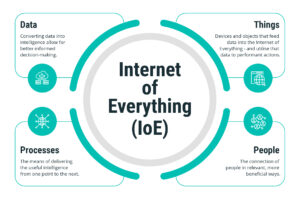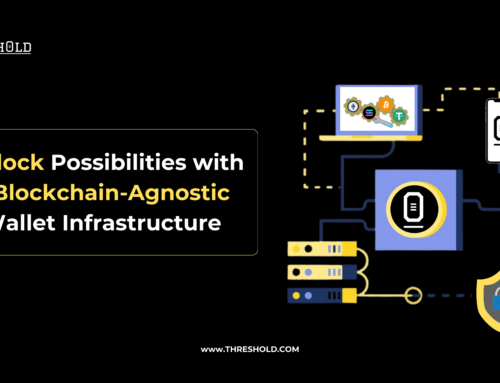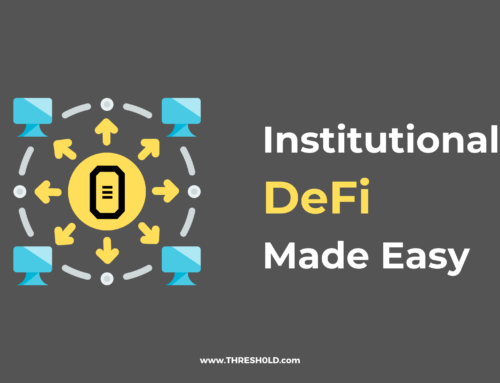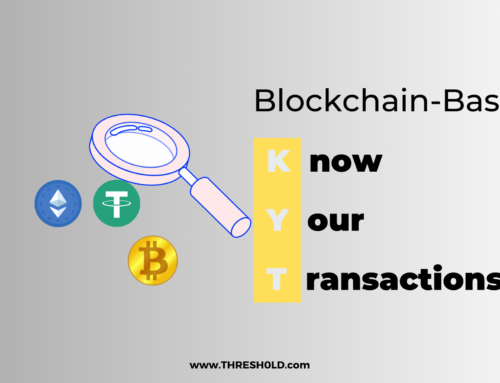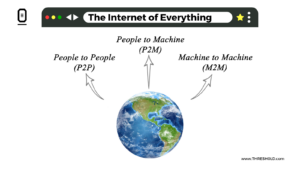 In this article, we look at what the Internet of Everything (IOE) is all about, how blockchain can help, and what our expectations should be going forward.
In this article, we look at what the Internet of Everything (IOE) is all about, how blockchain can help, and what our expectations should be going forward.
While experts and users applaud blockchain technology for its financial applications; fortunately, DeFi, NFTs, and DAOs are not their only use cases. Researchers have recently delved into the Internet of Things and Everything (IoT and IoE) to learn how blockchain properties can enhance numerous IoE applications like social networks and online marketplaces.
What are IOE and IOT?
Many people are familiar with the term IoT but not many are conversant with IOE. In fact, many confuse the two and use them interchangeably. However, they are distinctively different. IoT is the network of interconnected physical devices that all exchange data over wireless networks. The Internet of Things has two main parts, i.e., ‘Internet,’ which is the foundation of connectivity, and ‘Things,’ which refers to physical devices. The two connect the power of the internet, data processing, analytics, and decision-making with real-world objects. Internet of Everything (IOE), on the other hand, is the connection between people, processes, data, and things and, covers the broader network intelligence concept.
How can Blockchain and ZK-Rollups enhance IoE?
Blockchains are versatile with many advantageous properties. For example, recorded information is publicly verifiable for anyone. This feature is a step up from how data is stored today; by a few centralized databases that manage and process user data to provide services. In addition, there have been hacks in the past that corrupted and compromised the data. Storing data on the blockchain decentralizes the process, giving users better control over their data.
Before you can use a blockchain for IoE purposes, it must meet three criteria:
- It must be able to analyze data to produce intelligent results. This feature requires a strong connection between the network nodes and data storage.
- People and objects must be able to communicate quickly regardless of where they are.
- The blockchain must maintain the same level of decentralization and security while supporting various objects and applications regardless of the environment and technological requirements.
The blockchain must also be scalable on-chain and off-chain to meet these requirements. Unfortunately, as evident in the blockchain trilemma, present blockchains have not yet achieved scalability. Fortunately, developers have created specific promising scaling solutions to solve this. Among these solutions are rollups that provide the same security as a Layer 1 blockchain while reducing costs and increasing the transaction processed per second. There are different rollups like state channels, optimistic rollups, and zero-knowledge rollups (ZK-Rollups).
Optimistic rollups are a favourite because users base the presumption that their execution is always correct on their dispute system for contested transactions. Unfortunately, optimistic roll-up transactions get validated on the mainnet at the end of the dispute period, which can last up to a week. On the other hand, ZK-rollups validate transactions off-chain, reducing the computing resource and storage overhead and also producing validity proof that shows the transactions are valid for recording on the blockchain. Blockchains will be more suited for IoE use cases thanks to zero-knowledge rollups and their properties.
Let’s illustrate with an example:
A global ride-sharing company like Uber requires a large number of back-and-forth communications and transactions, while legacy blockchains and even blockchains designed for that sole purpose – can provide security and decentralization. However, deploying a ZK-rollup or validium to meet the demand, the number of transactions processed per second increases while the application keeps up with user demand.
Another example; they can facilitate use cases in IoE, like in dynamic networks for drones, ground robots, or autonomous vehicles. ZKs can be used in data management circles to provide better data security and privacy.
Looking Forward
We have established that rollups, especially ZKs, can be used for more than processing DeFi or NFT transactions. Currently, developers are working on integrating smart contracts directly with zk-rollups so we can use them like dedicated blockchains. If this integration is successful, benefits will multiply because developers can create rollups specific to a group of users or applications without needing Layer one blockchains. Additionally, users can rely on an existing user interface plus an established digital currency; all focused on the needs of the intended application or user bracket.
About THRESH0LD
THRESH0LD offers a single, simple-to-integrate API that helps digital asset businesses such as crypto exchanges, payment processors and OTC solutions cut tx fees, save time and enhance security.
THRESH0LD MPC supports 44 blockchain protocols, and with DeFiBridge, you can enable swaps across many thousands of assets.Found this piece interesting? Check out our other blog posts.

